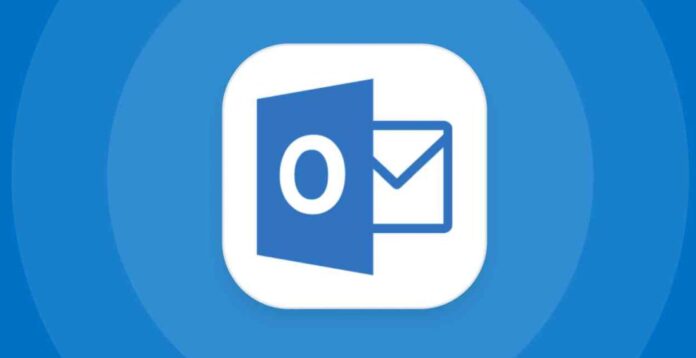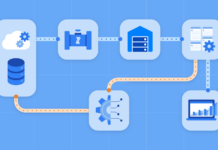Are you getting an email from Microsoft? You might want to double-check that the sender is Microsoft. Phishing attempts and other cyber-attacks are on the rise. One popular way hackers steal your personal information is by sending emails that appear to be coming from a reputable company like Microsoft.
In this article, we’ll explore some common types of phishing attacks, what you should do if you receive one of them, and how to protect yourself against these types of threats in the future.
Hackers have used phishing attacks to steal your credit card information or Amazon login credentials in the past. A few months ago, Amazon warned its customers of a security breach that allowed cybercriminals to access thousands of accounts and compromise their data.
But today’s threats are more sophisticated than ever – criminals send emails posing as major companies to trick you into opening malware-laden attachments. Clicking the wrong link could lead to your entire computer system being compromised, and hackers can use it to steal sensitive information like passwords that will give them an open door through which they can access all of your online accounts.
Types of Cyber Attacks
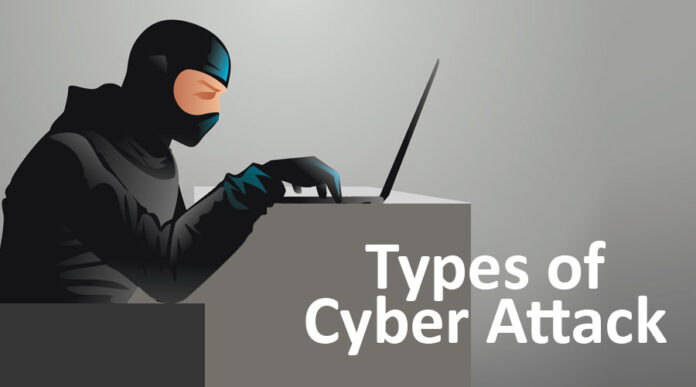
You need to be aware of many other types of cyber-attacks when receiving an email from a sender, such as ransomware and social engineering scams. These malicious attempts can lead to loss or theft of sensitive data, resulting in even more damage than phishing emails.
Phishing Scams

This is the attempt to obtain sensitive information such as usernames, passwords, or credit card details by disguising itself under something else – in the form of an email. It is a hacker’s method to obtain your personal information, which they can then use for identity theft or other fraudulent activity on the internet.
If you receive an email that claims it’s from Microsoft and wants you to click on something- don’t do it! This could lead to installing malware onto your computer, putting your personal information at risk.
Ransomware
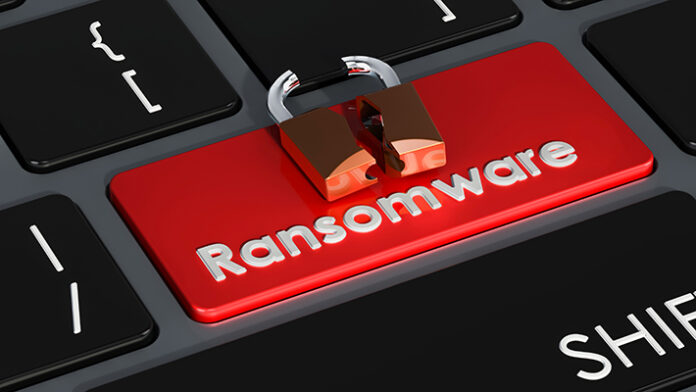
Ransomware is a type of malware that encrypts your files and holds them hostage, until you pay money to the hacker or threat actor who can decrypt those files for you.
Social Engineering Scams
A social engineering scam is an attempt by hackers to trick people into giving away their personal information through emails, phone calls, text messages, or faxes. They might attempt to get you to visit a website that looks legitimate but is designed for stealing your username, password, credit card number, social security number, etc.
Malware
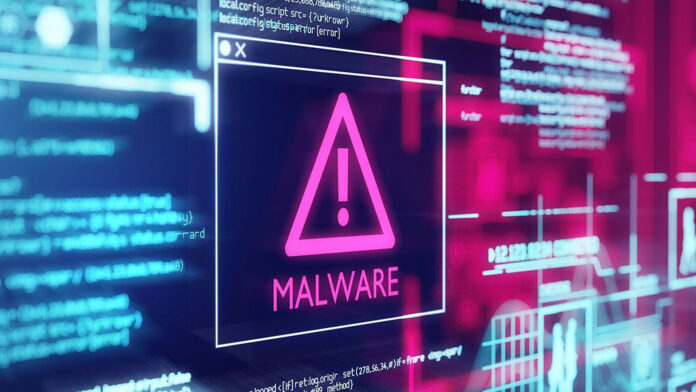
A malware attack is a hazardous type of cyber-attack that can damage even more than phishing scams and ransomware. The malware might be able to record your keystrokes, access the webcam on your computer, or steal information from your hard drive without you knowing its happening.
SQL-injection
This type of attack is a brute force attack that exploits any weaknesses within the website’s coding. They can use it to gain access and control of an entire database, allowing them to create backdoors for other hackers or future attacks.
The above are only some examples of cyber-attacks you might receive over email. These types of computer viruses can also appear in other forms such as text messages and phone calls.
How to detect a phishing Attempt?
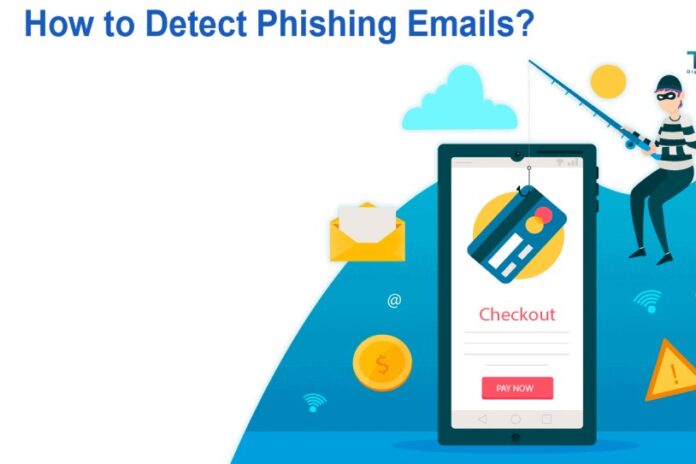
You can check the email address in your inbox. The sender should be the same as shown on their website, or you can check to see if they sent any other emails from that account.
You may want to look for specific keywords like “invoice,” “wire transfer” (you will get this one a lot), etc., and also things like bad grammar.
Check to see if the hyperlinks look suspicious, and sometimes they will have a different domain name or extension that is not clickable – this can be a clue.
If you are still unsure about it being a legitimate email from Microsoft, don’t hesitate to contact their support team directly. They can help verify any suspicious emails.
You can also check the headers of the email – see a guide online for this, or use an extension like “Mail-Tester” to have it scanned automatically. If you have more than one email from that sender and they all show different IP addresses/domain names, etc., do not open any of them as they are likely phishing attempts.
If you do not have an email from that sender, then consider the possibility of a spoofed message and it likely being a phishing attempt.
Can You Avoid Phishing Attempts
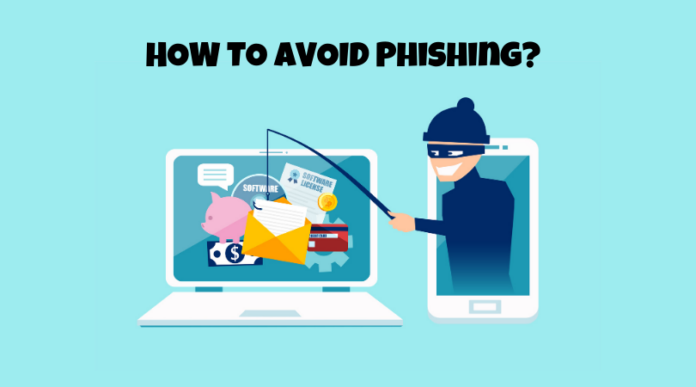
Never click a link without verifying the email address that sent it. It’s also important not to trust any communication from Microsoft, including emails, unless you are sure about its legitimacy.
Phishers will often use official symbols or addresses, and they try to appear very legitimate in the content of their emails. For example, take a look at most fake Amazon notices:
Not only do they have an Amazon logo on top, but they also use “customer service” verbiage, which is another common tactic of phishers. However, it also has some red flags to watch for:
Phishing emails are always sent from an address that isn’t legitimate. In this case, the sender used “service@amazonhelp” instead of an authentic Amazon email like [email protected] or [email protected].
Another red flag is that it asks you to sign in or click on a link before actually making any changes, which makes no sense for an official email from Amazon. It’s always best not to open emails like this at all unless you are sure about their legitimacy. If you can’t verify the sender, don’t send them anything.
As you can see, phishing attempts and other cyber-attacks are easy to avoid as long as you know what they look like. As technology grows and evolves, so do cyber-attacks – it’s essential to stay up-to-date on the latest threats out there! If you get a suspicious email, report it and delete the message. If you need professional help you can seek help from companies like MyTek.
